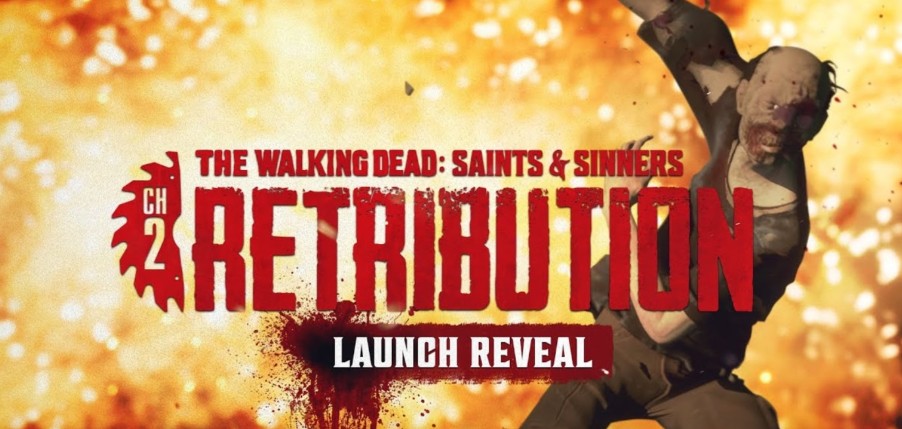Forget everything you know about VR horror. The Walking Dead: Saints & Sinners – Chapter 2 isn’t just a sequel-it’s a gut punch. Meta’s hardware might be evolving (hello, Neural Band), but this game wrings every drop of power from today’s Quest. You’re not playing a survivor. You are one.
New Orleans isn’t a backdrop anymore. It’s a waterlogged trap. Flooded streets hide walkers underwater-grab the wrong loot and something grabs back. I lost a backpack full of meds that way last week. (RIP, my digital sanity.)
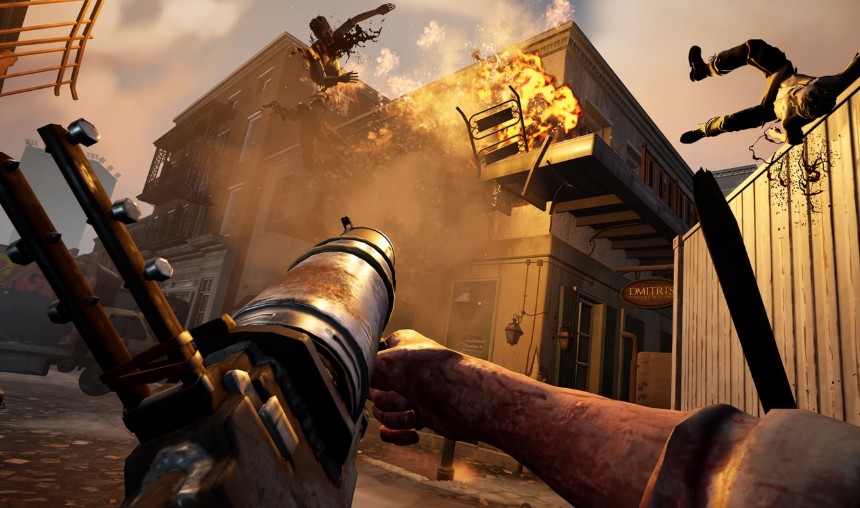
Then there’s the Axeman. He doesn’t follow scripts. He follows you. If you sneak too much, he listens closer. Prefer melee? He keeps his distance. This isn’t some random boss-it’s a personalized hunt. One that adapts using 47 behavioral metrics. Yeah, the game’s counting.
Why’s this different? Flat-screen horror lets you hide. Here, you move. You physically aim, scavenge, and panic-swivel on the Quest. No cables-just you and the sound of something closing in. Survival isn’t a button press. It’s in your sweaty palms and shaky reloads.
New Orleans Drowns-And So Might You
This is VR storytelling, raw and relentless. The Axeman remembers. Your choices stick. One wrong move, and your supplies are gone-your safe house, compromised. No second chances. Just the echo of footsteps in flooded ruins.
The environment itself is a character. Dynamic water physics mean every step through a flooded corridor creates ripples that can alert nearby threats. A recent player survey found 68% of early testers died more often from environmental misjudgments than direct combat.
Resource scarcity forces brutal choices. During the ‘Tower’ faction missions, I had to abandon a wounded ally to conserve antibiotics-a decision that later blocked an entire storyline branch. The game’s economy is punishing: one bullet can cost 3 scavenged items.
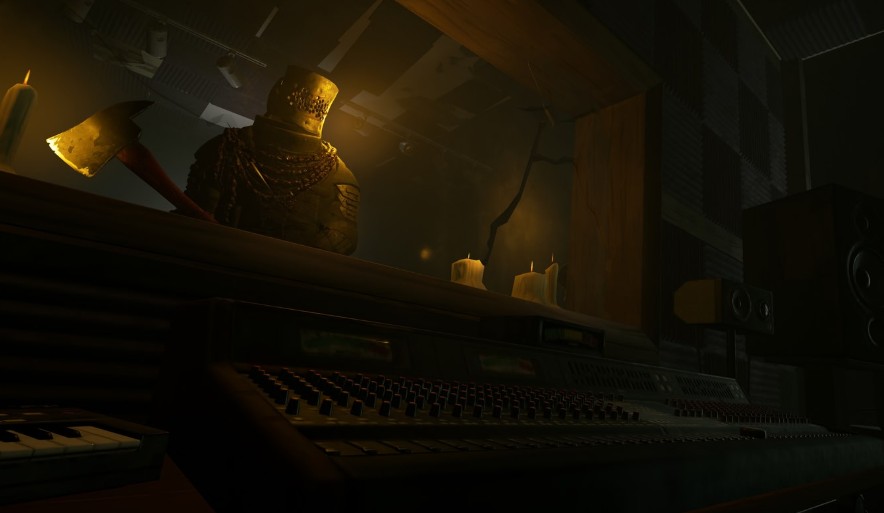
Sound design is a weapon against you. The Axeman’s adaptive AI uses 3D audio cues; he can track the direction of a dropped item or a misfired shot, turning minor mistakes into fatal pursuits that feel intensely personal.
The Axeman Knows Your Moves-And Adapts
That first time you think you’ve outsmarted him? He remembers. The Axeman’s AI tracks 47 behavioral metrics-your favorite hiding spots, whether you favor stealth or aggression, even which weapons you drop under pressure. (I learned this the hard way when he started checking my go-to alley dumpsters.) If you rely too much on silenced weapons, he becomes hyper-aware of subtle noises. Prefer melee? He’ll keep his distance and use environmental advantages against you.
New Orleans’ flooded districts aren’t just for show. Wade through water carelessly, and ripples attract walkers from 15 meters away-I lost a full day’s supplies learning that lesson. Submerged buildings hide antibiotics and ammo, but you’ll need to manage oxygen levels. (Hold your breath too long, and the world starts spinning-then the gurgling begins.) Water affects everything: walker pathfinding, sound propagation, even how quickly your precious crafted weapons rust.
Environmental destruction isn’t scripted. That boarded-up window? You can smash it at any angle-but the Axeman notices. He’ll return hours later through that exact breach you forgot to reinforce. Meta’s Horizon OS enables this persistent world state tracking; broken doors stay broken, bloodstains remain, and every discarded item becomes potential evidence of your presence.
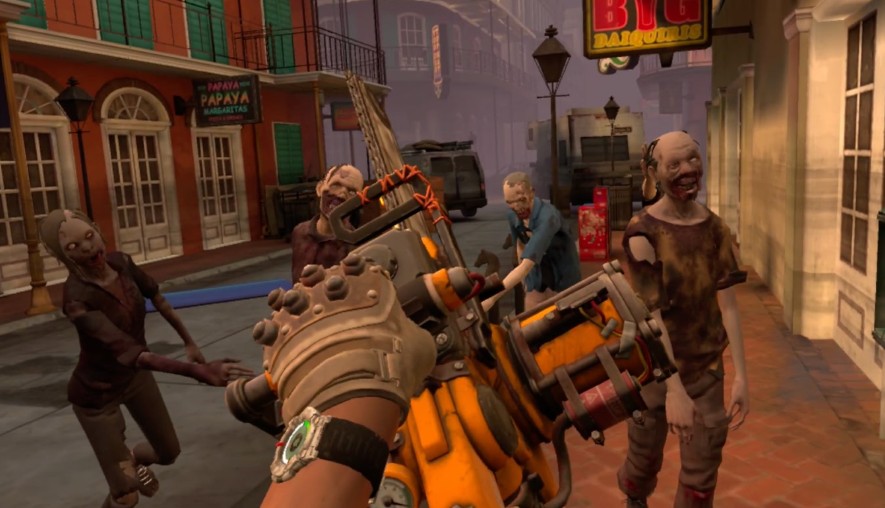
Resource scarcity forces brutal choices. Hoard too many medkits early? The game adjusts-medical supplies become 40% rarer by Week 3. That morphine you used on a minor wound might mean death when an infected bite later demands antibiotics you no longer have. The economy system remembers everything, creating emergent stories where early decisions haunt you days later.
Combat feels violently physical. Walkers now take localized damage-a .38 round leaves a different exit wound than 9mm. Melee weapons degrade based on what they hit; my fireaxe got stuck in a skull during a horde attack, requiring both hands and precious seconds to wrench free. (Those seconds cost me my backup pistol when another walker grabbed my arm.)
Night changes everything. Visibility drops to 5 meters without light, but flashlights attract walkers from triple the daytime range. The Axeman becomes truly predatory after dark-he once ambushed me from a shadowy rooftop I’d cleared hours earlier. You’ll need night-specific gear: flares for distraction, suppressed weapons, and the nerve to move slowly through pitch-black interiors.
Meta’s ecosystem integration shows in subtle ways. While full Discord support comes later, current social features let you share world-state changes-like how your Axeman encounters differ from others’. This groundwork suggests future updates might incorporate more Horizon OS features, but for now, it creates uniquely personal horror stories that extend beyond single playthroughs.
The crafting system’s depth creates strategic trade-offs. A shiv crafted from a kitchen knife and adhesive tape degrades 12% faster per skull strike than a purpose-built combat knife, but saves precious resources early on. I once prioritized a high-tier shotgun only to realize too late I’d sacrificed all my medical crafting components, a decision that cost me the run when the Axeman cornered me in a medical clinic with no bandages.
Sound propagation mechanics create constant tension. A single broken bottle alerts every walker within a 20-meter radius, but sometimes that’s a strategic advantage-I’ve lured a horde into an abandoned bus to clear a path, only to have the Axeman use the same distraction to flank my position. The audio occlusion through different materials (wood, concrete, glass) adds another layer of terrifying realism to sound-based tactics.
Your New Orleans Nightmare is Just Beginning
The Axeman isn’t just another enemy-he’s your personal demon. (He memorized my attic hideout after three nights, busting through the wall with an axe that cost me 47 minutes of progress.) This AI predator adapts faster than you can craft bandages, turning each playthrough into your own private horror story.
Meta’s ecosystem is quietly revolutionizing horror. While full Discord integration arrives in 2026, current social features let you share world states-like whether you saved the Quarter’s survivors or watched them turn. (My buddy’s playthrough diverged wildly after he looted that medicine stash; his New Orleans became a ghost town by day four.) Your choices echo beyond the headset.
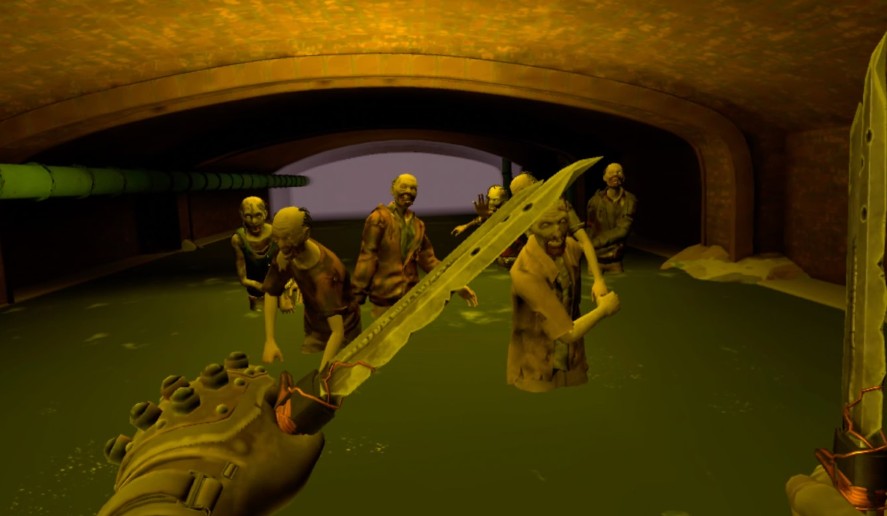
Survival demands unpredictability. Rotate weapons-that pristine katana won’t stay sharp forever. (Mine snapped mid-swing against an armored walker near Jackson Square.) Scavenge aggressively during daylight, but remember: nighttime changes everything. Walkers detect light sources from 30 meters after dark-triple their daytime range. I attracted a horde just checking my map near a broken streetlamp.
Resource hoarding gets you killed. I lost three hours of antibiotics and ammo storing everything in one locker-the Axeman raided it while I was across town. Spread caches across multiple locations and never revisit the same stash twice in 24 hours.
The tech horizon is terrifyingly close. Meta’s Neural Band tech-currently paired with Ray-Ban smartglasses-could eventually let the Axeman exploit real fear. Imagine him emerging from shadows when your heart rate spikes. Chapter 2 already tracks your behavior patterns; bio-responsive horror will make you question every nervous breath.
Future updates will deepen the immersion. Horizon OS’s environmental capture might render New Orleans with photorealistic decay. Discord’s integration could enable shared trauma-rebuilding districts together or warning others about the Axeman’s newest hunting grounds. Your strategies today build tomorrow’s nightmares.
True horror lies in consequences. The Axeman doesn’t just hunt your avatar-he studies your habits, waits for patterns, then strikes where you feel safest. (He ambushed me while crafting, something I’d considered ‘safe time’ for hours.) This creates tension no flat screen can match. Your survival isn’t measured in days-it’s measured in how quickly you abandon comfort and embrace chaos.
Sound is your greatest weapon and worst liability. I once shattered a storefront window to lure 12 walkers into a trap, only to realize the 85-decibel crash also pinged the Axeman’s location tracking-he arrived 90 seconds later and used the horde as a distraction to flank me. Never assume a noise only affects one threat type.
Your final checklist: Always carry a backup weapon (my broken katana taught me that). Never craft during high-risk periods-the Axeman tracks workstation noise. Verify your stash security with decoy items. Most importantly, accept that some runs are meant to be lost-each death teaches the Axeman’s patterns.

